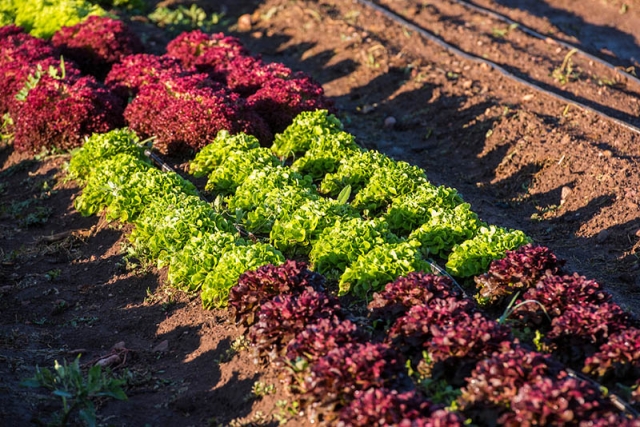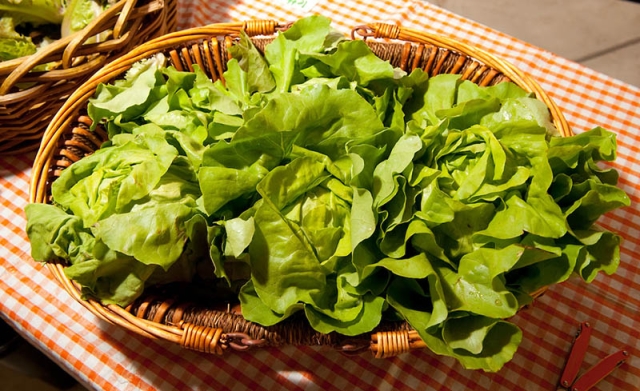Succession Planting
Here at Chatfield Farms, we grow vegetables for several hundred people all summer long. When we make our crop plan for the season, we try to think about the variety of vegetables that we want our shareholders to receive each week throughout the season. If we want to give salad mix or carrots every other week that means we need to seed them at regular intervals until late summer when we make our last seedings for the fall. This is called succession planting.
Some crops like mustards or lettuces for salad mix do not hold well in the field. They take around 30 days to reach maturity and need to be harvested at their prime. Carrots, on the other hand, do hold well in the field for several weeks once they’ve reached maturity at 60-75 days. Therefore, we might plant our greens every two weeks and our carrots once a month.

Because we have a lot of pest pressure on our cucumbers, summer squash and zucchini we plant two rounds of each. We are typically able to harvest the first crop for about a month before the plants succumb to beetles and disease and by then the next crop is ready to harvest. Ideally the second planting is in a different area in hopes that the bugs stay on the first crop – we call this a trap crop!
You can use this same method in your home garden. It works well for peas, spinach, lettuce, mustards, beets, kale, radishes, carrots, beans, broccoli, cabbage, cauliflower and eggplant as well as annual herbs like cilantro and dill. Be sure to look at the number of days to maturity on the seed packet and think about how frequently you’d be likely to use each item. Things like broccoli and cauliflower don’t like the mid-summer heat so you might try seeding them in trays and transplanting them for spring and fall harvest.

Want to learn more about succession planting? Check out this article and these tips.
Add new comment